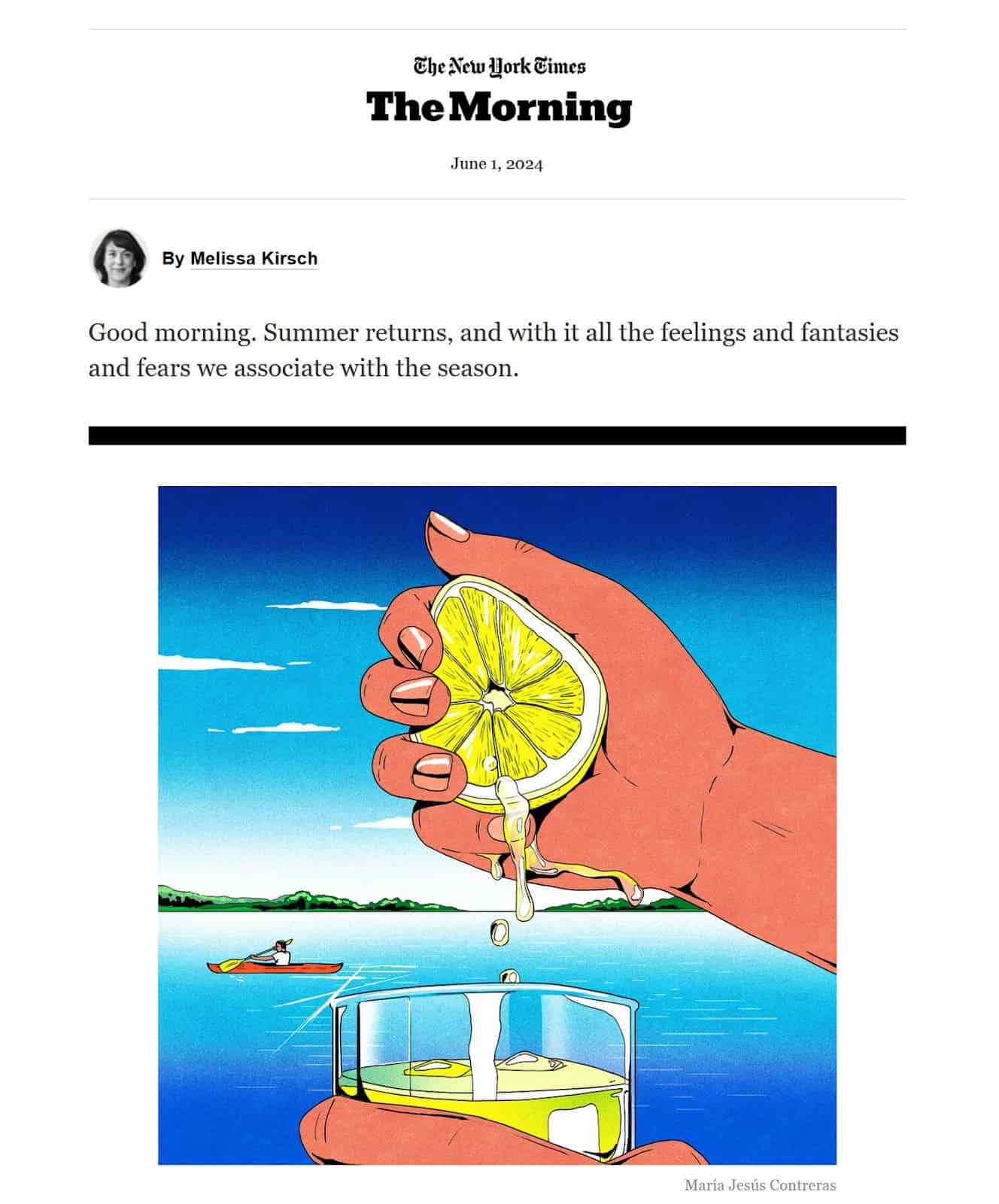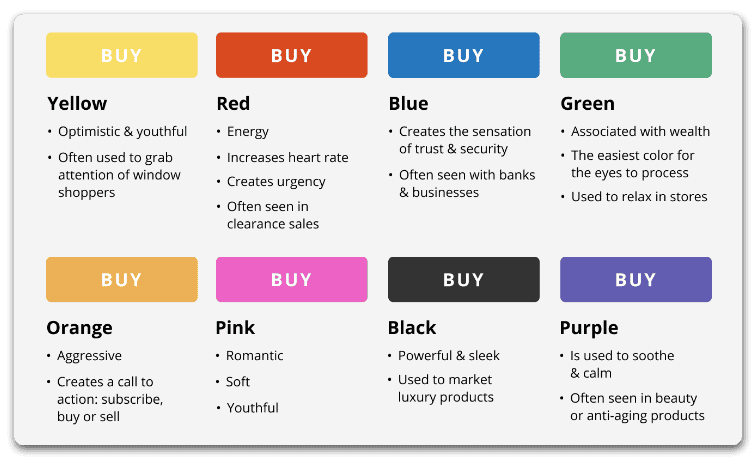Introduction: what is a newsletter?
A newsletter is an email sent regularly to subscribers. It provides updates, insights, and information on a specific subject, company, or interest. Newsletters nurture relationships, bring value, and encourage engagement. They cover various topics, from industry news to company updates. Valuable and relevant newsletter content keeps readers informed and eagerly awaiting the next edition.
How to write a good newsletter?
Creating a newsletter that people actually want to read involves understanding your audience and delivering tailored content.
- Build your subscriber list: Create a sign-up form on your website and social media, offering incentives like exclusive content or discounts. Implement a double opt-in process where subscribers can verify emails. This step ensures you have a genuine, engaged audience and reduces the risk of spam complaints.
- Segment your audience: collect additional information during sign-up and create segments based on demographics, behavior, or interests.
- Plan and craft your content:
- Define the goals of your newsletter (education, promotion, etc.).
- Study best email newsletters examples.
- Develop a content calendar for consistency.
- Write engaging, relevant content.
- Include visuals such as images, infographics, or videos.
- Personalize content to address subscribers by name or interests.
- Design Your Newsletter:
- Choose a responsive, clean template that aligns with your brand.
- Maintain a minimalistic design with clear headings and concise copy.
- Include a clear, prominent call-to-action (CTA).
- Test and Send:
- Proofread content and check all links.
- Preview and test the email on different devices.
- Schedule the newsletter for an optimal time for your audience.
- Analyze and Iterate:
- Track open rates and click-through rates.
- Gather feedback from subscribers.
- Continuously refine your content, design, and strategy based on insights.
Note: Did you know that email newsletters have a high engagement rate (21.33%)? Their click-through rate (2.62%) is higher than social media (1.36%) and direct traffic (1.1%).
Let’s cover email newsletter best practices in detail.
Study successful newsletter examples
Reviewing effective newsletter samples can provide helpful ideas and inspiration. Look at industry-specific b2b email newsletter best practices, or popular ones, like “The New York Times”, “TheSkimm” or “Morning Brew”, for motivation. Analyze their content structure, design, and the balance between informational and promotional content. Notice how they engage readers with catchy subject lines, visually appealing layouts, and clear CTAs.

Determine whether or not you need an email newsletter
Before diving into creating a newsletter, evaluate if it’s the right fit for your goals.
- Consider your audience: Are they likely to engage with email content?
- Assess your resources: Do you have the time and resources to produce quality content consistently?
- Think about your goals: Are you looking to establish relationships, bring traffic to your website, or promote products?
If a newsletter aligns with your objectives and you can commit to regular, valuable content, it could be a beneficial tool.
Figure out the type of newsletter you want to send
Identify the main goal of your newsletter: educating readers, sharing updates, news, promoting products, etc. Decide on the frequency of emails – weekly, bi-weekly, or monthly. Maintain consistency and coherence in your communication strategy.
Balance your newsletter content: keep it 90% educational and 10% promotional
Readers subscribe to newsletters to gain valuable information, not to be bombarded with sales pitches. Keep 90% of your content educational (insights, tips, expert recommendations). Reserve 10% of your content for promotional material (product announcements, sales, special offers). This balance ensures you provide value, maintain readers’ interest, while achieving marketing goals.
Set expectations on your subscribe page
Clearly outline what readers will receive after subscription, including the type of content, email frequency, and benefits. Transparency builds trust and attracts genuinely interested subscribers. For example, “Subscribe to our monthly newsletter for expert advice, industry updates, and exclusive deals delivered to your inbox.”
Write creative email subject lines
Your subject line is the first impression, it determines whether your email gets opened. Craft subject lines that are concise, and relevant to your content. Use action words, questions, or emphasize urgency. Personalize subject lines with the recipient’s name or tailor them to their interests. Avoid clickbait; ensure your subject line accurately reflects the email’s content to build trust with your audience.

Select one main call-to-action
Every newsletter needs a clear and direct call-to-action (CTA) to show readers what to do next. Make sure the CTA stands out and is easy to understand. Stick to one main action to avoid confusing readers and encourage more engagement.

Keep design and copy minimal
How to write a newsletter email that doesn’t annoy readers? A clean, uncluttered design and concise copy make your email more readable and engaging. Use white space, clear headings, and bullet points to enhance navigation. Stick to a simple, consistent color scheme and font style. Keep paragraphs short and to the point, and avoid jargon or overly complex language. A minimalistic approach ensures your key messages stand out and are easily digestible.
Make sure images have alt text
Adding alt text to images ensures accessibility for all readers, including those using screen readers. Alt text describes illustrations for visually impaired users and improves email deliverability and performance, even if images don’t load. Be sure to make alt text descriptive and relevant to both the image and content.
Make it easy for people to unsubscribe
Simplify the unsubscribe process to respect readers’ preferences, engage interested subscribers, decrease spam complaints, and enhance email delivery. A clear and easy-to-find unsubscribe link builds trust and portrays a positive brand image, showing that you value subscribers’ choices.
Wrapping up
To create an enjoyable newsletter, consider content, design, and engaging your audience. Offer valuable info, keep design simple, and set clear expectations for loyal readers. Balance educational and promotional content, use captivating subject lines, and ensure easy access and user-friendliness. Remember, it’s not just about sharing information; it’s about building a relationship with your audience. Happy writing!